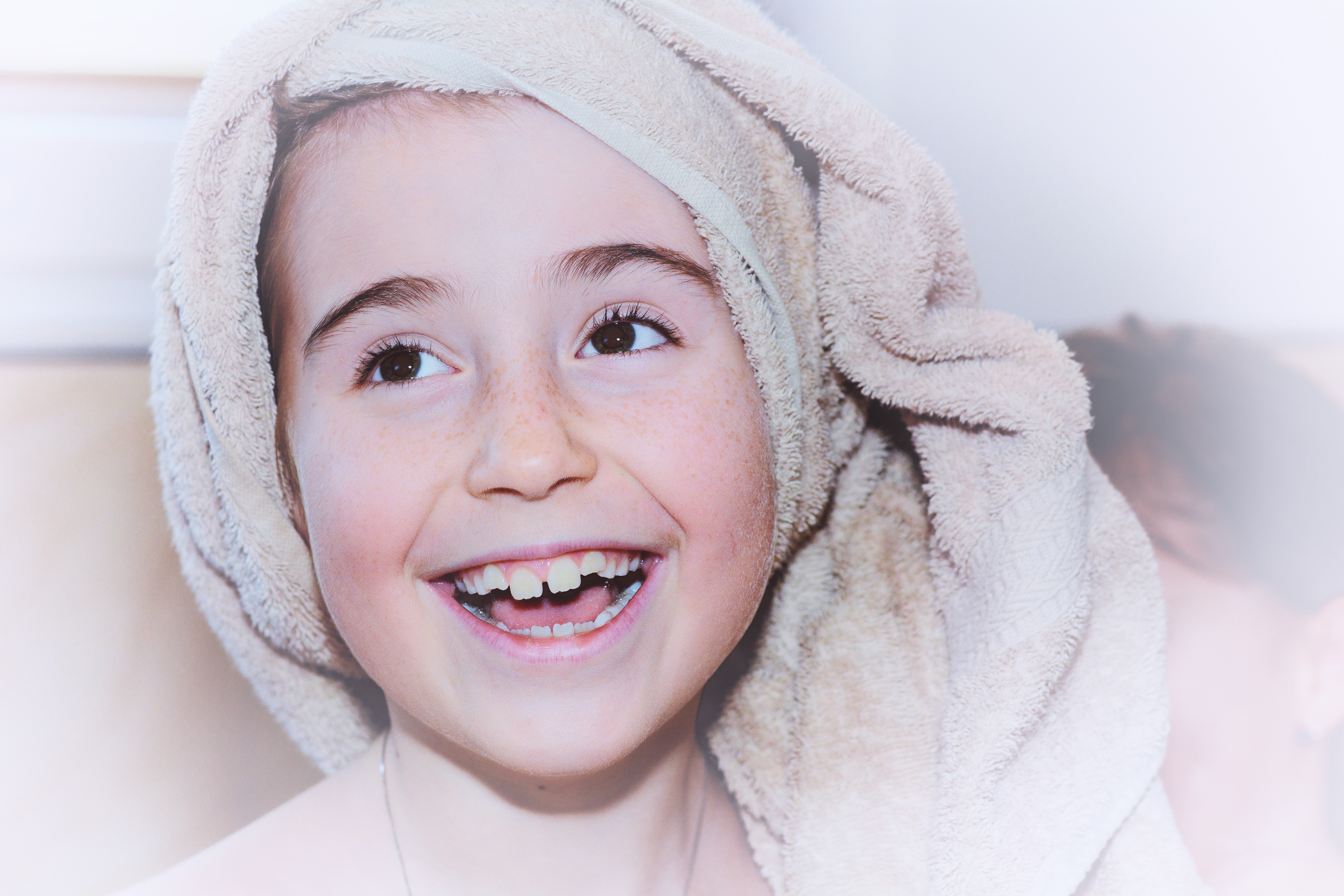
Most kids lose their first primary tooth around six-years-old (though it can occur earlier or later) and the visits from the Tooth Fairy typically continue until they’re 12- to 13-years-old. As cute as children look with those missing teeth, the thing parents usually want to know off the bat is how long does it take for permanent teeth to come in to replace the one that was lost? Well, it varies dramatically and the permanent tooth can make an appearance in as little as a week or take as long as six months to fully erupt.
If the permanent tooth is growing in on the slower side, it’s likely nothing to worry about. However, if you’re really concerned about permanent teeth not coming in or it takes longer than six months, you should make an appointment with an orthodontist to have your kiddo’s teeth and jaws evaluated. In the meantime, we’ll be going over some of the common reasons for a delayed eruption.
Losing Primary Teeth too Early
Primary teeth are extremely important. One of their main roles is to save space for the permanent teeth to come in properly. Ideally, a child loses a primary tooth because the corresponding permanent tooth begins to erupt and pushes it out. When a baby tooth is lost early, whether from injury or tooth decay, the permanent tooth likely won’t be ready to come in. Without a replacement quickly filling the void, the rest of the teeth have a tendency to shift into the empty area.
This can cause significant misalignment. Occasionally, it’s so crowded that it blocks the permanent tooth from erupting altogether and the tooth gets stuck in the jaw bone. Or, it will only partially erupt making it appear that the permanent tooth stopped growing. When this happens, the tooth is said to be impacted. Extraction or oral surgery (similar to getting wisdom teeth removed) could be necessary to remedy the situation.
To avoid this whole scenario, prevent premature tooth loss by making sure your child practices good oral hygiene, visits the dentist regularly and wears a mouthguard when playing sports. If a baby tooth is lost early, don’t ignore it. An orthodontist can use an appliance to maintain space until the permanent tooth is prepared to make its debut.
Not Enough Space in the Jaw
The early loss of primary teeth isn’t the only reason permanent teeth may not have room to erupt. It can also occur if the jaw isn’t large enough to accommodate them. Parents sometimes panic when gaps form in between their child’s baby teeth and think their little one will experience major spacing when they’re older.
However, it can actually be a good thing! Grown-up teeth are bigger than their primary counterparts, so when baby teeth are very close together without even the tiniest gaps, it’s a signal there won’t be enough room. When kids have a jaw that’s too small or teeth that are too wide, it’s a recipe for impacted teeth or severe crowding and other forms of malocclusion. Interceptive orthodontics, while a child is still growing, can help encourage jaw development and ensure permanent teeth will have plenty of space to do their thing.
Directional Problems
Sometimes, teeth have a mind of their own and instead of following the primary tooth’s path, they head in the wrong direction as they try to break through the gum tissue. Unfortunately, this can occur even if they have all of the room in the world. When it happens, the permanent tooth may not erupt or parents will notice permanent teeth not coming in straight.
At Aura Orthodontics, tooth extraction is always the last resort but, if it can’t be helped, a primary tooth may need to be removed to encourage permanent teeth to stay on course. Orthodontic treatment can redirect wayward teeth as well.
Concerned with the growth and development of your child's teeth ? Contact Us!
Congenitally Missing Teeth
Congenitally (meaning present at birth) missing teeth are actually a lot more common than many people realize. While it’s most frequently the wisdom teeth, some people are missing one or both of their upper lateral incisors or second premolars. Since it’s genetic, it’s very likely someone else in the family has the same condition.
With congenitally missing teeth, the permanent teeth never develop at all. Often, the primary teeth will stay in place since there’s nothing to push them out. If they are lost because of tooth decay, gum disease or trauma, no permanent tooth exists to take its place. A bridge or partial denture can be used to replace the missing tooth – or teeth – but dental implant surgery will bring about the most natural-looking, lasting results.
Keep in mind, however, it can’t be performed until the jaw is done growing. Regardless of the route you choose to take, orthodontic treatment may be recommended to shift the rest of the teeth into place prior to getting a dental prosthesis. For an implant, an appliance will be fitted to save space until the time is right for surgery.
Supernumerary Primary Teeth
Less commonly, in a case of permanent teeth not coming down, supernumerary teeth are to blame. Supernumerary teeth are extra teeth. They can develop in association with different conditions like cleft palate, Gardner’s syndrome, or cleidocranial dysostosis, though they may just occur on their own.
These additional teeth crop up anywhere in the dental arch and have the potential to block the permanent teeth. While treatment varies, most of the time, it will involve extracting the supernumerary tooth. If it led to tooth or jaw misalignment, this can be corrected with orthodontic treatment.
Failure of Eruption
Primary failure of eruption (PFE) is extremely rare. It occurs when the permanent teeth are present and have a clear path but fail to erupt or only erupt partially and then stop. PFE is genetic. When multiple teeth are affected, treatment can take several years and consist of different steps. The most common approach is using oral surgery and orthodontic treatment to coax the teeth out. If extractions are needed, then a good option is braces to close the gap followed by dental implant surgery.
Mechanical failure of eruption is another type and may involve ankylosis, which is when the tooth or teeth are fused to the bone and can’t break loose. There are a number of treatments including leaving the tooth where it is and making it look better with cosmetic dentistry procedures, using a surgical procedure to loosen the tooth followed by orthodontic treatment to shift it into place or extraction and placement of a dental prosthesis.
The Bottom Line
While all of this information can be a little overwhelming, many of the causes are rare and, in most cases, the problem can be treated. Both the Canadian and American Association of Orthodontists say children should see an orthodontist by age seven so they can have their developing teeth and jaws evaluated. Well, in addition to being super friendly Surrey orthodontists, Dr. Sharma and Dr. Lin are both trained in dentofacial orthopedics, meaning they’re pros in growth and development and troubleshooting issues.
They can assess your child and make sure everything is on track. If they do spot red flags, they’ll make an accurate diagnosis and recommend the correct treatment to guide the permanent teeth into their proper places. This will help your child avoid more extensive, costly correction down the road.
Schedule a free consultation at Aura Orthodontics and we’ll team up with you to bring out the best in your child’s smile.





